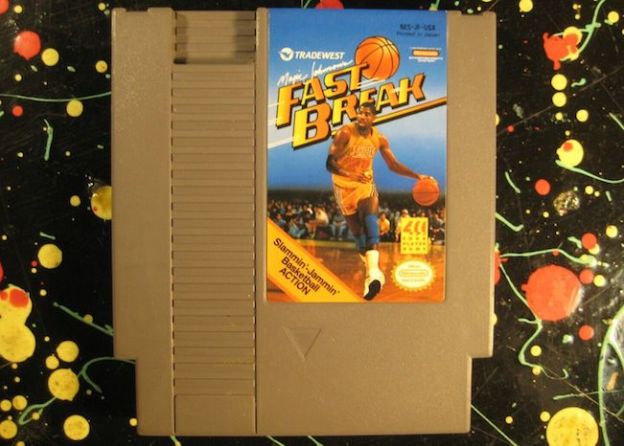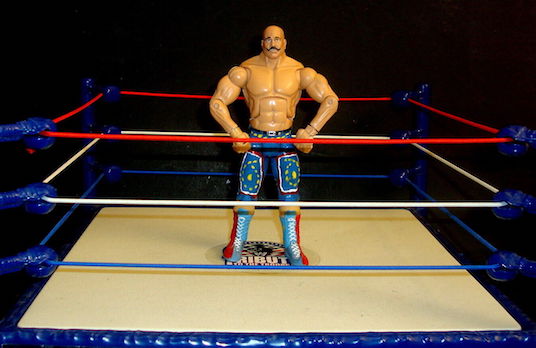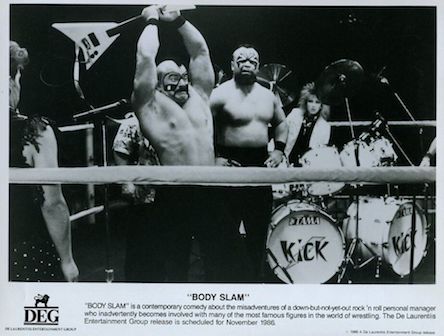The Nathan’s Hot Dog eating contest has become a legendary annual event held on July 4th at Coney Island, New York. The origins of this contest can be traced back to a friendly competition among immigrants in the early 20th century.
The contest’s roots can be found in the tradition of settling disputes among working-class men on Coney Island. According to popular legend, in 1916, a group of four immigrants—Irish immigrant James Mullen, Polish immigrant Max Bruck, German immigrant Chris Nicoll, and an unidentified man—decided to hold a hot dog eating contest to settle an argument about who was the most patriotic among them. As the story goes, they gathered in front of Nathan’s Famous, a popular hot dog stand owned by Nathan Handwerker, and began consuming as many hot dogs as possible in a set amount of time.
Nathan Handwerker saw the potential in this spectacle and embraced it as a promotional opportunity for his business. The contest gained attention and became an annual event at Nathan’s Famous. Over the years, it grew in popularity and attracted participants from various backgrounds.
In 1972, the contest took a hiatus but was revived in 1974 by PR man Max Rosey, who wanted to use the event to generate publicity for Nathan’s Famous. The contest has been held every year since then and has become a cherished tradition, drawing thousands of spectators to witness competitive eaters from around the world battle it out to consume the most hot dogs in a given time period.
Today, the Nathan’s Hot Dog eating contest is organized by Major League Eating (MLE), a professional competitive eating organization, and has gained international recognition as one of the most prestigious events in the competitive eating circuit. It is broadcast live on television every 4th of July and has catapulted many participants to fame in the world of competitive eating.
The origins of Major League Eating can be traced back to the early 1990s and the efforts of brothers George and Richard Shea. In 1997, George and Richard Shea, who were public relations professionals, were hired by the owners of Nathan’s Famous to rebrand and promote the Nathan’s Hot Dog eating contest. Recognizing the potential for competitive eating as a spectator sport, the Shea brothers sought to elevate it to a professional level and establish a governing body to oversee the events.
Later that same year, the brothers founded the International Federation of Competitive Eating (IFOCE) as the governing body for competitive eating. The IFOCE was responsible for establishing rules, rankings, and standards for various eating contests. They aimed to transform competitive eating into a legitimate sport and attract sponsors, media coverage, and public interest.
Under the IFOCE, the Shea brothers worked to expand the competitive eating circuit, organize events, and attract top eaters. They introduced a structured ranking system and established guidelines for competitions to ensure fairness and safety. Over time, the IFOCE gained recognition as the leading authority in the world of competitive eating.
In 2001, the IFOCE was rebranded as Major League Eating (MLE) to reflect its professional approach and enhance its marketability. MLE continued to expand its reach and popularity by organizing and sanctioning eating contests across the United States and internationally. The Nathan’s Hot Dog eating contest remained one of MLE’s flagship events, drawing significant media attention and shaping the perception of competitive eating as a competitive sport.
Major League Eating continues to oversee and promote competitive eating events, maintain rankings and records, and collaborate with sponsors, broadcasters, and participants to elevate the sport’s profile. It has played a significant role in popularizing and professionalizing competitive eating, turning it into a recognized and respected form of competition.
The first champion of the Nathan’s Hot Dog eating contest under the organization of Major League Eating (MLE) was Takeru Kobayashi. Kobayashi, a competitive eater from Japan, made his debut in the contest in 2001 and quickly revolutionized the sport with his unique eating technique and extraordinary capacity.
In his first year, Kobayashi shattered the existing world record by consuming 50 hot dogs and buns in 12 minutes, doubling the previous record. His incredible performance not only earned him the title but also captured the attention of the media and spectators, propelling competitive eating into the mainstream.
Kobayashi went on to dominate the Nathan’s Hot Dog eating contest for the next six years, winning the championship from 2001 to 2006. His unorthodox “Solomon Method,” which involved separating the hot dog from the bun and consuming them separately, allowed him to eat at an astonishing pace and set multiple records.
However, in 2007, Kobayashi’s reign as the champion came to an end when he was defeated by Joey Chestnut, an American competitive eater. Chestnut consumed 66 hot dogs and buns, surpassing Kobayashi’s previous record of 63. This marked the beginning of Chestnut’s own dominant era in the contest, as he went on to win the Nathan’s Hot Dog eating contest for several consecutive years.
It’s worth noting that in recent years, Kobayashi has not competed in the Nathan’s Hot Dog eating contest due to contractual disputes with Major League Eating. Nonetheless, his contributions to the sport and his initial victories played a crucial role in establishing the contest’s popularity and setting the stage for future champions.
Joey Chestnut is the reigning champion of the Nathan’s Hot Dog eating contest under Major League Eating (MLE). Chestnut has been a dominant force in the competitive eating world and has held the title for numerous consecutive years. His record-breaking streak began in 2007 when he defeated Kobayashi (ending his six-year reign as champion). Since then, Chestnut has continued to dominate the competition, consistently consuming a large number of hot dogs and securing the championship year after year. Think you beat him? You can start practicing this Independence Day!
Find ways to watch this year’s contest by clicking here.











 – Not all heroes wear capes. Many of them wear football pads, cleats, sneakers, and skates, and some even carry a bat or a stick. We’re talking about transcendent athletes who can make the jump from the field of battle to the silver screen.
– Not all heroes wear capes. Many of them wear football pads, cleats, sneakers, and skates, and some even carry a bat or a stick. We’re talking about transcendent athletes who can make the jump from the field of battle to the silver screen.